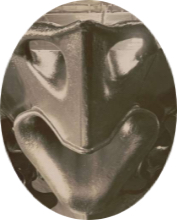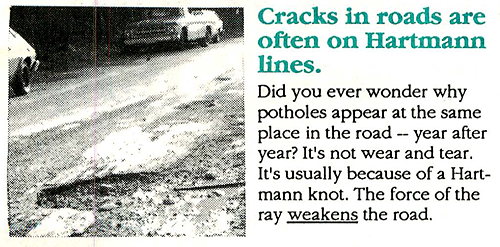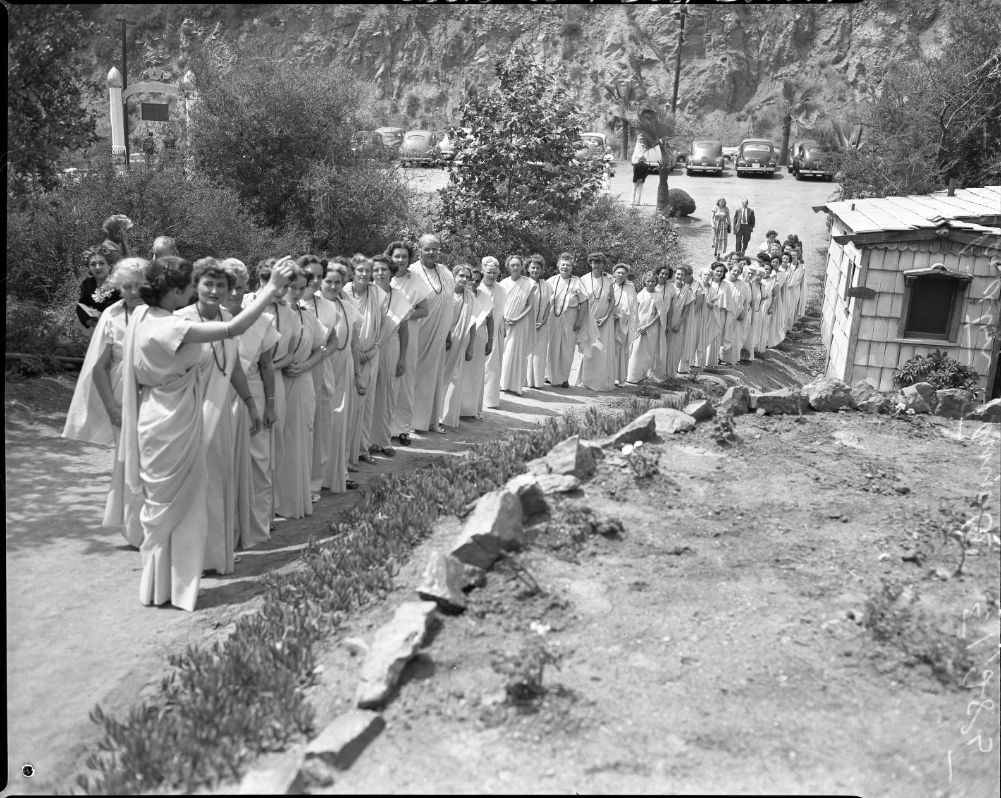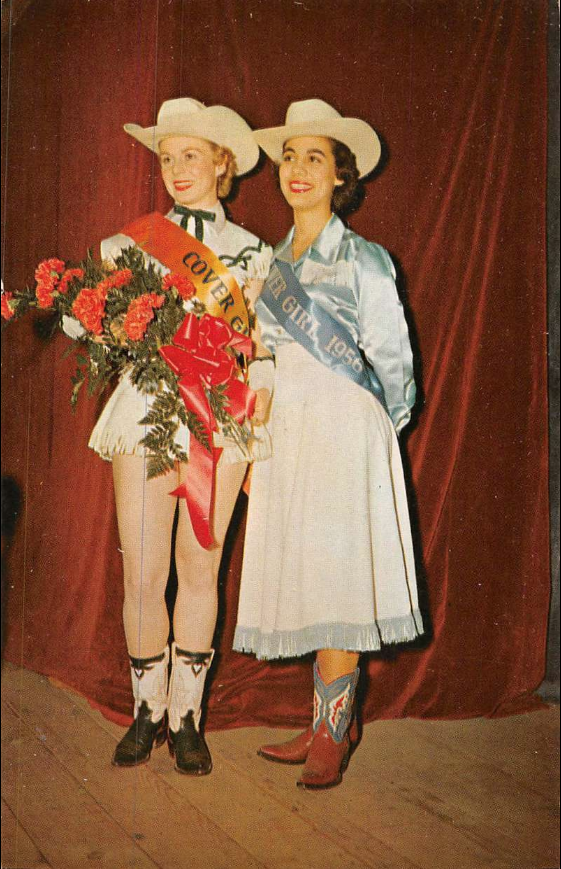May 2022
May 26, 2022
Shunpikes
Residents of the Northeastern U.S. may be familiar with the concept of shunpikes. Though I lived in Massachusetts for five years and just learned of their existence recently.A 'shunpike' is a road deliberately built, or taken, to avoid a toll road. It's short for 'shunning a turnpike'. This differentiates a shunpike from a 'freeway' which also doesn't have tolls, but wasn't deliberately built to avoid an existing toll road.
More info: wikipedia

image source: hmdb.org
Shunpikes are like the engineering equivalent of spite houses. Their purpose is to give the finger to someone else (the owner of the toll road). As such, they often inspire bitter grievances and feuds. Details of one such feud was reported in the Poughkeepsie Journal (June 3, 1962):
The principal landowner in the Lithgow area was old David Johnston who called his vast property and home Lithgow, a name borrowed by the little settlement nearby... David Johnson was so infuriated that the new turnpike was laid out considerably west of the old road, and so, quite a distance from his home, that he built the Shunpike on his own land...
Whatever the plans for the Shunpike were at that time, they certainly irked the Dutchess Turnpike Co. It published a notice, signed Jesse Oakley and dated Dec. 16, 1809, in the Poughkeepsie Journal of Dec. 20 telling of its intention of asking the next Legislature to permit to to change the location of its toll gates "from time to time in case any road shall be opened to permit travelers to pass around it. . ."
Residents of the Towns of Washington and Clinton promptly called an "Anti-Turnpike" meeting for Dec. 29.
Posted By: Alex - Thu May 26, 2022 -
Comments (3)
Category: Highways, Roads, Streets and Traffic, Pranks and Revenge
Mystery Illustration 106
I hope this one is not too hard or deceptive. What larger structure is this grinning mask a part of?The answer is here.
Or after the jump.

More in extended >>
Posted By: Paul - Thu May 26, 2022 -
Comments (3)
Category: Costumes and Masks, Twentieth Century
May 25, 2022
The Prayer
Text by Enrico Santus. More info: Diemut Strebe
Diemut Strebe has made a previous appearance on WU:
Posted By: Alex - Wed May 25, 2022 -
Comments (5)
Category: Music, Religion, Technology, AI, Robots and Other Automatons
Army Basic Training in Sound
Want to pretend at home that you've been drafted? Here you go!
Posted By: Paul - Wed May 25, 2022 -
Comments (2)
Category: Military, Vinyl Albums and Other Media Recordings, Simulations, Make-Believe, Cosplay and other Pretend Situations, 1950s
May 24, 2022
The Health Dangers of Sleeping on a Hartmann Line
My Great Aunt recently died at the age of 100. Throughout her life she was very much into alternative medicine, and she kept hundreds of newsletters from various alt-health practitioners. Most of them aren't particularly interesting, but while going through her stuff I've found a few oddities, such as a 1990 newsletter warning of the danger of sleeping on Hartmann Lines.I'd never heard of Hartmann Lines. Wikipedia describes them as "a scientifically unproven grid of invisible energy lines of the Earth's inherent radiation".
But how to know if you're sleeping on a Hartmann line? Well, if you've got a cat and it likes to sleep in your bed, you may be in trouble because apparently cats love sleeping on Hartmann lines. (I'm in trouble!)
I've posted a few snippets from the newsletter below, and also uploaded the full newsletter as a pdf file.




Posted By: Alex - Tue May 24, 2022 -
Comments (4)
Category: Health, Patent Medicines, Nostrums and Snake Oil, Cats
Inception of the Golden Lotus Temple of the Self-Realization

Still operating.
Women in togas at dedication of Golden Lotus Temple of the Self-Realization Fellowship Church in Los Angeles, Calif., 1950
Photo source.
Posted By: Paul - Tue May 24, 2022 -
Comments (2)
Category: Fashion, Religion, 1950s
May 23, 2022
The Pressed Frog Phenomenon
I found the image below at the Texas History site of the University of North Texas. It appears there as is, without any further explanation (or date).
I realize that the indentations on top of bricks are called 'frogs', but why were actual frogs being placed inside bricks?
As far as I can tell, it must have been an experimental demonstration of the 'pressed frog phenomenon' — this phenomenon being that one can place a living frog inside a brick as its being made, apply thousands of pounds of pressure to the brick to mold it, and the frog will survive. The frog won't be happy about the experience, but it won't burst. Whereas the same pressure applied to a frog that isn't in a brick will definitely cause it to burst.
Obviously the brick hasn't been heated in a kiln, because that would definitely cook the frog.
The article below from 1925 explains the science of why a frog in a brick doesn't burst. The key part of the (overly long) explanation is this sentence:
However, this doesn't solve the mystery of who first decided to put a frog in a brick.


Clarion Ledger Sun - Aug 16, 1925
Posted By: Alex - Mon May 23, 2022 -
Comments (5)
Category: Animals, Science, Experiments, 1920s
Stock Show Beauty Queens of 1956 and 1957


Posted By: Paul - Mon May 23, 2022 -
Comments (0)
Category: Animals, Beauty, Ugliness and Other Aesthetic Issues, Contests, Races and Other Competitions, Regionalism, 1950s
May 22, 2022
Sergeant Sunshine

Scott French, The Complete Guide to the Street Drug Game (1976):
He served six months in jail, and subsequently became a plumber.
Posted By: Alex - Sun May 22, 2022 -
Comments (1)
Category: Drugs, Smoking and Tobacco, Police and Other Law Enforcement, 1960s
Follies of the Madmen #533
Posted By: Paul - Sun May 22, 2022 -
Comments (0)
Category: Domestic, Technology, Advertising, Twentieth Century
| Get WU Posts by Email | |
|---|---|

| Who We Are |
|---|
| Alex Boese Alex is the creator and curator of the Museum of Hoaxes. He's also the author of various weird, non-fiction books such as Elephants on Acid. Paul Di Filippo Paul has been paid to put weird ideas into fictional form for over thirty years, in his career as a noted science fiction writer. He has recently begun blogging on many curious topics with three fellow writers at The Inferior 4+1. Chuck Shepherd Chuck is the purveyor of News of the Weird, the syndicated column which for decades has set the gold-standard for reporting on oddities and the bizarre. Our banner was drawn by the legendary underground cartoonist Rick Altergott. Contact Us |

